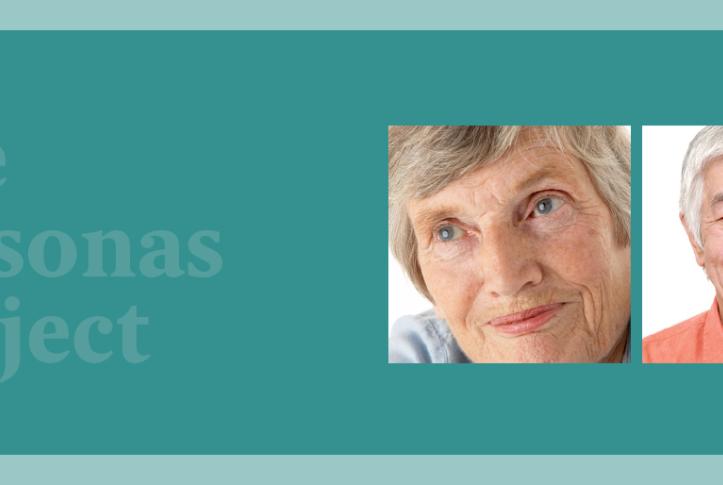Patient Segment: People Older Than 65 with Functional Limitations
These patients are older than 65 and are limited by issues of weight loss, weakness, fatigue, slowness in walking, and low activity levels.
Personas
Declining Dorothy: As Dorothy’s limitations increase, she hopes her doctor will help her age gracefully. But with disjointed care coordination and anxiety about her future, she feels as though she is losing control.
Active Albert: Albert is motivated to maintain independence and be around for his family. Because he struggles with the complexity of his conditions, he wants thorough explanations and his point-of-view considered in his care plan.
High-Need Patients and the “Personas” Project
For patients with high needs — because of multiple chronic conditions, a limited ability to perform tasks like bathing or dressing, or other disabilities or conditions — health care can be challenging as well as extremely costly. Patients often report that their needs for care are unmet and that they don’t communicate adequately with their providers. A Commonwealth Fund project interviewed dozens of patients to explore their experiences and how their struggles to find support has affected their lives and those of family caregivers. As part of this research, we developed “personas” for different segments of the high-need patient population, including the caregivers attend to them. A persona is a tool that helps depict the experiences, motivations, and goals of a specific population – as well as the barriers they face. It helps to put a human face and voice on a patient population that is all too often seen only through a lens of clinical or cost data. Personas can help identify gaps in care or processes and can aid health systems in addressing these flaws.
